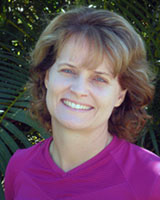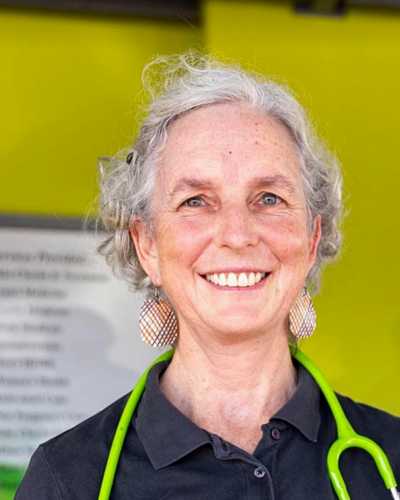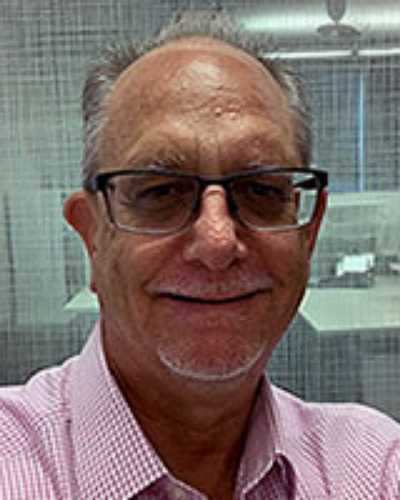Dear Editor
To build a ‘home grown’ local Northern Territory (NT) medical workforce in Australia, Flinders University established the NT Medical Program (NTMP) in 20111. Updated data are provided on graduation rates, the Indigenous student experience and the proportion of NTMP graduates working in the NT. Data are from administrative records of student progression and publicly available data of medical registration with the Australian Health Practitioner Regulation Agency (AHPRA).
Between 2011 and 2017, 168 students enrolled in the NTMP. As of December 2020, 131 students had graduated (78%), 25 had withdrawn and 12 were still studying. Of the 25 withdrawn students, most withdrew in the first few years, with nine (36%) withdrawing from the first 2011 enrolment cohort, three (12%) from the second cohort (2012), and four (16%) from the 2013 cohort, and one or two withdrawing per cohort year thereafter.
A total of 90 students had entered the program via the graduate entry pathway, with 77 graduating, seven withdrawing and six still studying (86% graduation rate). A total of 56 students entered the program through the Bachelor of Clinical Science double degree undergraduate entry pathway, with 47 graduating, six withdrawing and three still studying (84% graduation rate).
A total of 22 Indigenous students enrolled between 2011 and 2017, of whom seven graduated, 12 withdrew and three were still studying. Their graduation rate (32%) was statistically lower compared to non-Indigenous students (χ2= 31.5, p<0.01). The NTMP conducted a series of interviews (n=9) with Indigenous students and applicants in 2016 to identify barriers and facilitators to entry, progression and graduation. The feedback highlighted issues including family, finances and work–life balance pressures, feeling isolated, lack of experience with academic practices and university systems, and pressures of working and studying part-time. A more culturally safe environment and increasing Indigenous content in the course curriculum were also recommended and are continually being worked on in the NTMP.
At December 2020 the majority of graduates (n=97, 74%) were working in the NT. A total of 69 graduates had completed their 2 year return-of-service obligation, of whom 37 (53.6%) were still working in the NT. Of all graduates, five were Indigenous NT residents, 113 graduates were non-Indigenous NT residents, two graduates were Indigenous Australians living outside the NT prior to commencement and 11 graduates were other Australians. Indigenous NT residents are top priority entry, followed by non-Indigenous NT residents, Indigenous Australians outside of the NT, and then other Australians. Of the graduates working in the NT, 92% were NT residents at the time of university enrolment.
For all graduates for whom an AHPRA registration could be found (n=122), 27% were working in a Modified Monash Model (MMM) 1 location, 55.7% were in MMM 2 (mostly in Darwin), 1.6% in MMM 3, 1% in MMM 4, 1% in MMM 5, 12.3% in MMM 6, and 1.6% in MMM 7. It is important to note that many graduates need to work in major cities for at least a period of their speciality training.
The location of third-year studies was not statistically associated with working in the NT after graduation (χ2=3.88, p=0.143). At December 2020, 57/75 (76%) of students who spent year 3 of the NTMP exclusively in Darwin were working in the NT, 16/20 (80%) of NTMP students who spent their year 3 exclusively in Alice Springs were working in the NT and 33/36 (91.7%) of NTMP students who spent some of their year 3 in remote NT (eg Nhulunbuy and Katherine) were working in the NT. However, the small cell sizes may have affected statistical power.
Our high proportion of NTMP graduates working in the NT supports the value of locally trained medical practitioners. That one in three Indigenous entry students have graduated is a positive outcome, and an increase on the 14% NTMP graduation rate reported by Worley et al1. Future research will be longitudinal, tracking work locations over time and examining factors associated with working in the NT.
Acknowledgements
Thanks to Helen Wozniak for initiating data management and Gillian Paynter for ongoing data management, to Greg Raymond for reviewing the Indigenous Entry Pathway, to Lisa Sparrow and Helen Wozniak for interviewing the Indigenous NTMP students, and to the Indigenous people who honestly shared their experiences.
Narelle Campbell, Emma Kennedy, Chris Rissel, Eliza Gill, Tina Noutsos and Olivia O’Donoghue, Flinders NT, Royal Darwin Hospital campus, Tiwi, NT, Australia
Shirley Bergin, NT Intern Accrediting Authority, Department of Health, Casuarina, NT, Australia
References
You might also be interested in:
2018 - Profile of Gynaecology Surgeries from the Western Province, Solomon Islands.




